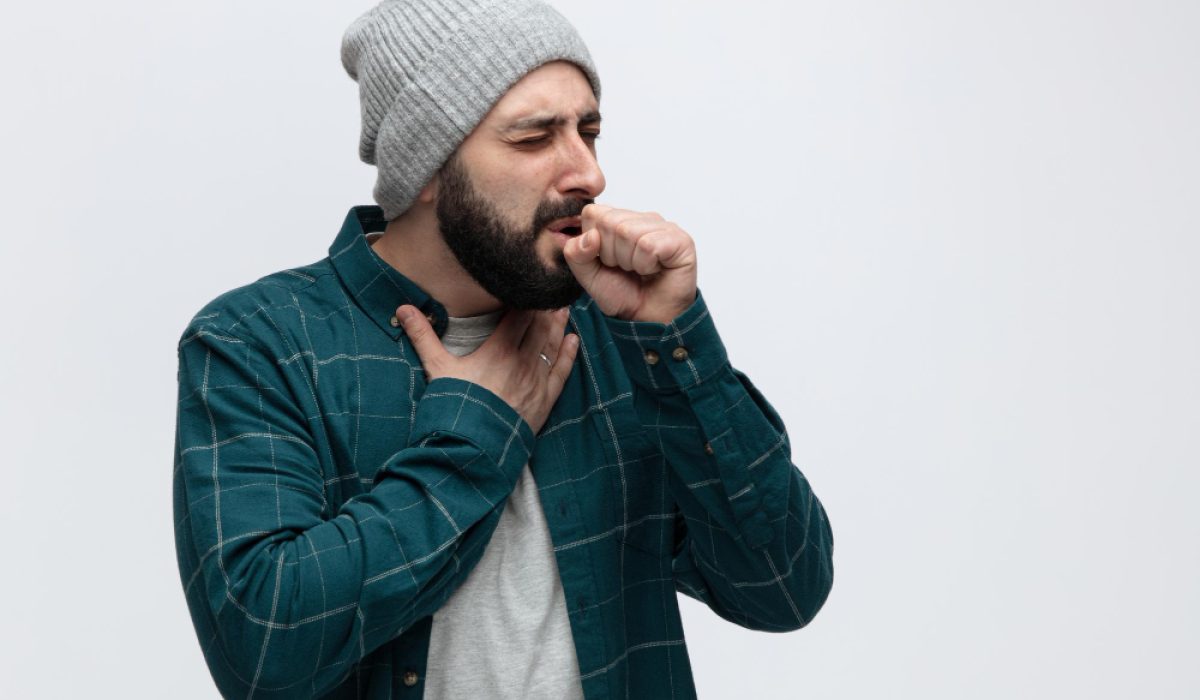Introduction to COPD
Chronic Obstructive Pulmonary Disease (COPD) is a long-term lung condition. It affects millions of people worldwide. Early signs of COPD can be easy to miss. However, knowing the symptoms helps you get help sooner. In this blog, you will learn about the common symptoms of COPD and when to see a doctor.
What is COPD?
COPD is a disease that makes it hard to breathe. It includes two main problems: chronic bronchitis and emphysema. Both cause damage to the lungs over time. As a result, air does not flow easily in and out of your lungs. According to the World Health Organization (WHO), COPD is a leading cause of illness and death worldwide. Most cases happen because of smoking, but air pollution and workplace dust can also play a role.
Common Symptoms of COPD
Recognizing the symptoms of COPD early can help you get the right treatment. While symptoms may start mild, they often get worse over time. Below are the most common signs:
Sometimes, people ignore these signs, thinking they are just part of getting older. However, these symptoms are not normal and should not be ignored.
When to Seek Medical Help
It is important to talk to a doctor if you notice any of these symptoms. Especially if you have a history of smoking or exposure to lung irritants, you should not wait. Early diagnosis of COPD can help slow the disease. Seek medical help right away if you:
Doctors use tests like spirometry to check your lung function. This helps confirm a COPD diagnosis.
Tips for Managing Symptoms
While COPD cannot be cured, you can manage the symptoms. With the right steps, you can feel better and stay active. Here are some helpful tips:
Additionally, joining a support group can help you learn from others with COPD.
Prevention and Lifestyle Advice
Preventing COPD is possible in many cases. Most importantly, do not smoke. If you already smoke, quitting is the best step you can take. Here are more ways to protect your lungs:
Even small changes in your daily life can make a big difference.
Conclusion and Call-to-Action
In summary, knowing the common symptoms of Chronic Obstructive Pulmonary Disease (COPD) can help you act early. If you notice a chronic cough, shortness of breath, or any other signs, do not ignore them. Early action can improve your quality of life. If you notice any symptoms of COPD, consult a healthcare specialist for personalized advice.
